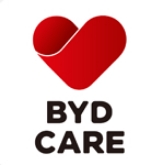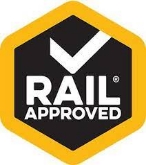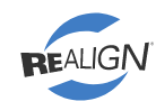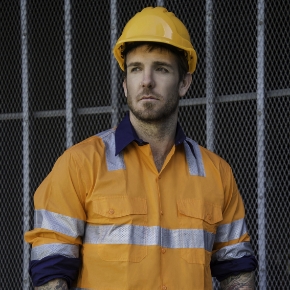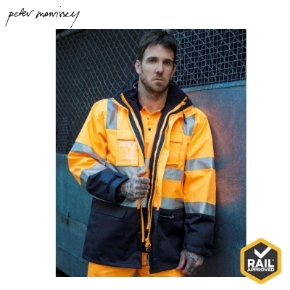Originally published by the Australian Institute of Health & Safety
Getting the balance right between workplace health and safety and process safety risks is one of the more common challenges for organisations when it comes to process safety and being a high-reliability organisation, according to an expert.
“Significant process safety events are fortunately rare,” said Peter Wilkinson, principal associate – risk and safety, Noetic.
“As a result, most leaders and managers will not experience a serious accident. They may come to believe the absence of a major event is because of effective management and give greater focus to where they get most feedback, workplace safety as ‘measured’ by LTIFR and TRIFR rates,” said Wilkinson, who explained that, as a result, specific briefings on managing process safety risks are needed.
Wilkinson, who was speaking ahead of the ACT WHS Symposium 2024, which will be held on Thursday 24 October 2024, said that most organisations “do quite well” when it comes to process safety and being a high-reliability organisation – and larger organisations generally have good programs to manage process safety.
“The best organisations give specific training for senior executives, either through professional institutions, such as the Institution of Chemical Engineers (IChemE) or organise specific training on how to manage process safety effectively,” he said.
“However, many other organisations do not equip their senior executives and board members with the knowledge and skills to manage process safety risks.”
In addition to a need for training and education, Wilkinson said detail matters in how rigorously process safety systems are implemented.
“This includes how seemingly minor system failures are regarded. Any event which may indicate a problem with a system which supports process safety, even if no harm or loss occurs, warrants investigation,” he said.
“In other words, the best organisations in process safety, lower the threshold of concern when monitoring their systems.”
There are a number of implications in this for OHS professionals, according to Wilkinson, who said that process safety is “not just another branch of safety”.
“Should terms such as “major hazards” or “catastrophic hazards” be substituted for process safety? After all, catastrophic process safety events can result in serious casualties, environmental damage, plant destruction, major costs and reputation damage. Some result in all of these,” he said.
“OHS professionals are often in a difficult place to influence process safety. They may lack sufficient seniority to influence what senior leaders pay attention to as well as depending on colleagues in other parts of the organisation, such as engineering departments to get things done.”
The OHS profession could engage more strategically on major hazards (process safety) with organisations that influence senior managers, directors and representatives of investor groups, such as the Australian Institute of Company Directors, said Wilkinson, who explained that publication of guidance on managing major hazards in partnership with influential business organisations “may help OHS professionals to get done what they know needs doing”.
Wilkinson will be speaking on process safety and high-reliability organisations at the ACT WHS Symposium 2024, which will be held from 9:00am to 5:00pm on Thursday 24 October 2024 at Hotel Kurrajong Canberra. For more information, email events@aihs.org.au, call (03) 8336 1995 or visit the event website.


















